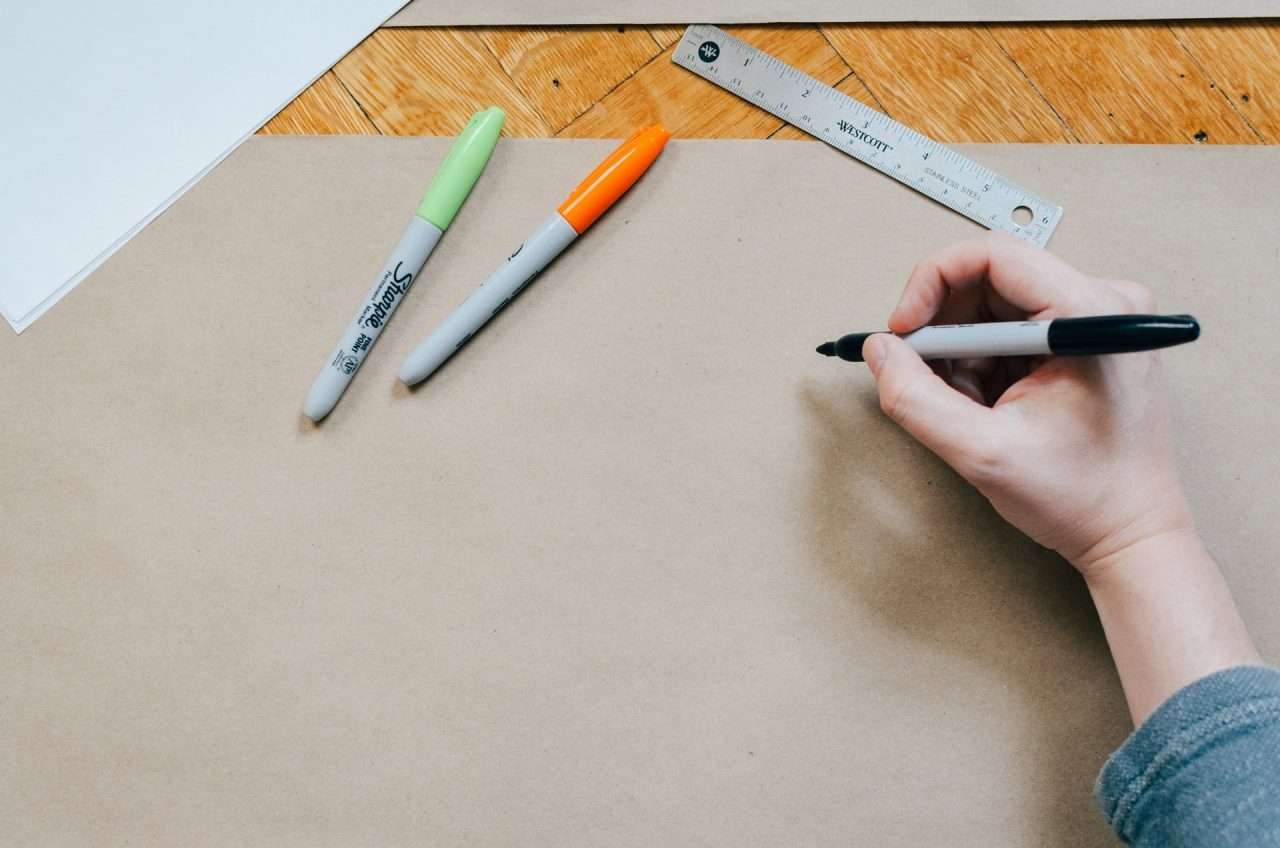Creative thinking and problem-solving are abilities we use every day in one way or another, and they’re essential for innovation. Having said that, not all people are used to regularly flexing their creative muscles.
We’re all born with the ability to think outside the box, it’s just that from a young age, our brains are conditioned to give quick and helpful responses that don’t necessarily factor in creativity. It’s a shame that we don’t prioritize creative thinking more from a young age because once we’re adults, it’s much more difficult for us to flip that switch.
However, to help us do so, there are several popular methods that anyone can use to stimulate the creative process and come up with better ideas. One of the most effective ones is the SCAMPER technique, a system designed to activate creativity in any field by swapping out ideas and comparing them to the status quo.
As Michael Michalko, author and creative thinking expert, tells us:
“Change the way you look at things and the things you look at change.”
How does the SCAMPER technique work?
SCAMPER is an acronym that stands for:
- Substitute
- Combine
- Adapt
- Modify (or magnify or minify)
- Put to another use
- Eliminate
- Reverse
The process can be applied to any idea, be it a product, service, proposal, or problem. To use it effectively, ask questions for each of the words in order, and your idea will take on new life. For example:
- What parts can we substitute or change out?
- What features can we combine?
- Can we adapt them in any way?
- What if we modify the format?
- What uses are we not taking into account?
- Is there something extra we can eliminate?
- What would the idea look like if we restructured it?
The questions are applicable in various situations, but they need to be fleshed out based on the case at hand, just like the answers do.
To make good use of the system, first, review the basic tenets of the idea and think of as many questions as you can for them. This way, you can address each one while potentially combining aspects of each.
Then, when you have all your ideas on the table, it’s time to organize the information and measure the results. After this, analyze the content, diving further into it, and judge if the results are applicable to the case at hand. If not, keep exploring.
The power of questioning
The SCAMPER technique is a tool that guides your ideas towards innovation, be it for a product, service, problem, or idea. By asking these questions systematically, you’re switching on your creative potential and opening up the possibility of combining different elements from multiple ideas.
For an example of the power of these guided questions, imagine your company is looking to improve one of its products using the SCAMPER model. Let’s say the product is a smartphone.
- What can be substituted or changed out? The material, the functions, the system of production, etc.
- What parts can we combine? The software, the camera from another model, any accessories like protective cases.
- How can we adapt it? By making it waterproof or lighter.
- What can be modified? Battery life, materials used, points of sale, etc.
- Are there any other uses for the product? Perhaps as a digital house key or as a place to keep your insurance card.
- What can we get rid of? An obsolete feature, an unnecessary component, etc.
- Is there something we can change around to improve the phone? The default menu, the placement of the external buttons, etc.
The key is to ask as many questions as possible and try to flesh out all the different hypothetical situations. Then you will start to see new ideas emerge out of old ones.
Why SCAMPER?
People have been using the technique in their personal and professional lives since the mid-20th century. It’s based on Bob Eberle’s book SCAMPER: Games for Imagination Development, which drew inspiration from Alex Osborn’s famous brainstorming techniques.
The technique’s versatility makes it applicable to any idea and in any field. It’s intuitive and is designed to set you off on a thought path towards more innovative ideas.
Remember, “It’s the imaginative use of knowledge that is essential for actual creative productivity,” said Sidney Parnes, American academic, co-founder of the International Center for Studies in Creativity, and member of the Creative Education Foundation.
SCAMPER is simple and easy, you could start using it today. Try it, and start seeing a difference immediately!






Jeannie Cua
Jeannie Cua
Very interesting and helpful as well….
Marko Simeonov
Marko Simeonov
Very interesting and helpful
Dacha Suave
Dacha Suave
Adorei
Julio Larez
Julio Larez
Muy útil. Me gusto!!!!
Udaya Satish
Udaya Satish
Interesting
Jhoser Romero
Jhoser Romero
Good stuff!!! Neat!
Mel
Mel
Thank you for the learning
Amanda
Amanda
interesting
Heidi Laureta
Heidi Laureta
interesting
Josina
Josina
Gostei!
Jeane Getalado
Jeane Getalado
interesting article, something new for me
Rosemarie Joy Picpican
Rosemarie Joy Picpican
Amazing!
Carla
Carla
Gostei.
Asif Khan
Asif Khan
Good Learning